
Our family dog, Mickey, is soon turning 15 years old– almost old enough to drive 😜. Luckily, he is enjoying his senior years in good health, and we want to continue providing the best care possible.
We also like technology, and follow the trends in the pet industry. So it is always a good excuse to try new gadgets.
But at the same time, there are so many products being advertised on social media, that it takes time to keep up.
Some products, in my opinion, are just a waste of money and others could even be questionable to use, such as the shock and electric collars (especially if you don’t have experience using these products, you can do more damage than good).
However, many others are worth giving a try because they can improve your pet’s parenting experience and your pet’s life quality as well.
An Overview of the Pet Tech Industry
When we talk about pet technology, we are referring to any product that uses technology to improve aspects of a pet’s life. For example, their well-being, health, surveillance, safety, companionship, etc.
Many pet owners are quickly adopting these products, despite the common objections related to the cost and battery life.
Vets are also adopting these technologies into their practice because they can have access to real-time data of their pet patients (such as body temperature, heart rate, blood pressure, etc.) and ultimately make better recommendations.
I’ve seen some apps offering telehealth consultation where you can access a team of veterinarians 24/7 and ask them questions related to behavior, nutrition, or other health concerns.
Other providers, such as Whistle, let you add your veterinarian to your pet’s profile on the app so that they can see all their metrics.
What Are the Types of Products?
There are many different types of products, but they could probably fit into these categories (and some in more than one):
- Monitoring Devices: They track health and activity data, for example, smart collars, pet cameras, smart leashes, and other wearable gadgets.
- Tracking Devices: They track your pet’s location, for example, GPS collars, tags, and microchips.
- Entertainment Devices: This category includes treat dispensaries, interactive toys, dog trainer robots, etc.
- Automation Devices: I include in this category any device that can help automate an activity, such as smart feeders, water dispensers, smart pet doors, smart litter boxes, etc.
Many smart devices connect to your phone using Wi-Fi or Bluetooth. They also have an app to display all the data they collected.
What Technologies Are Used in Pet Devices?
- RFID: This technology uses radio waves to identify and track pets from a distance without making physical contact. The main application of RFID in the pet industry is for location tracking, but it can also detect presence and provide access to your pet’s health information. RFID products include collar tags, implants, and smart pet doors.
- GPS: It relies on a network of satellites to get real-time location. This technology can be found in smart collars, e-collars, and smart leashes, for example.
- Sensors: These are incorporated into pet products to detect motion, activity, or health insights. These can be found in smart collars, pet cameras, smart toys, etc.
8 Most Popular Pet Tech Products in 2024
1. Smart Collars:
They are like smartwatches but for pets. These devices track your pet’s daily activities and monitor their heart rate, calories burned, behavior, sleeping patterns, and much more. Some also have virtual fences and real-life location tracking.
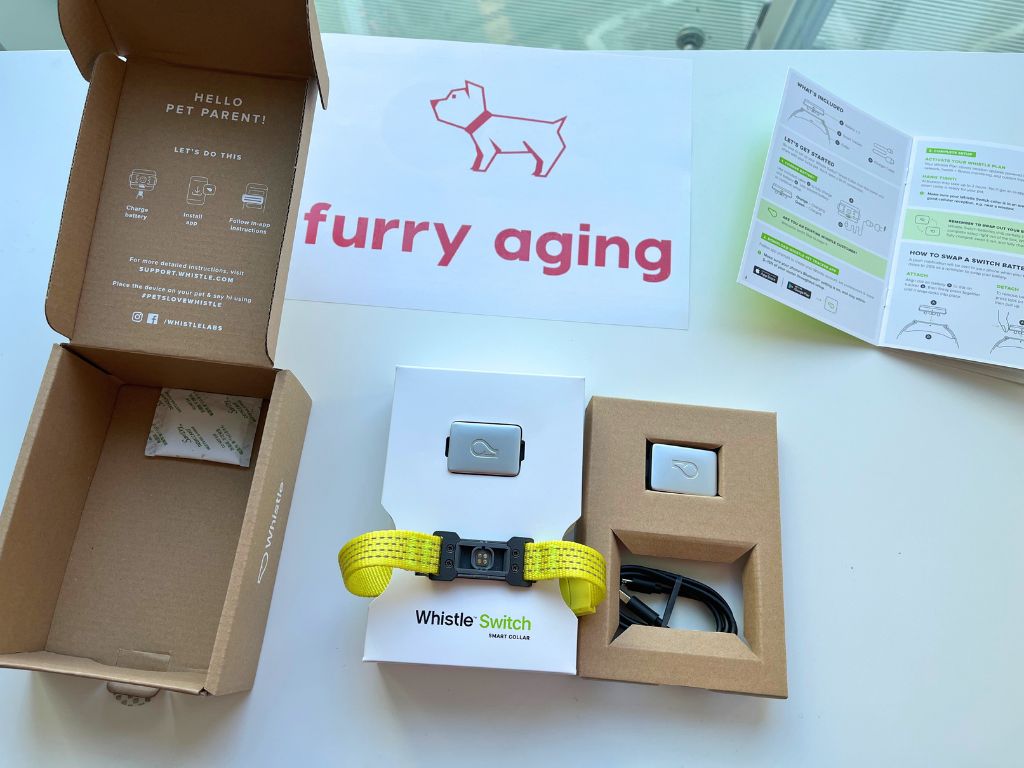
2. Smart Feeders:
These products are designed to dispense a specific amount of food (dry or semi-moist) following a schedule. They help with portion control and sticking to a feeding routine.
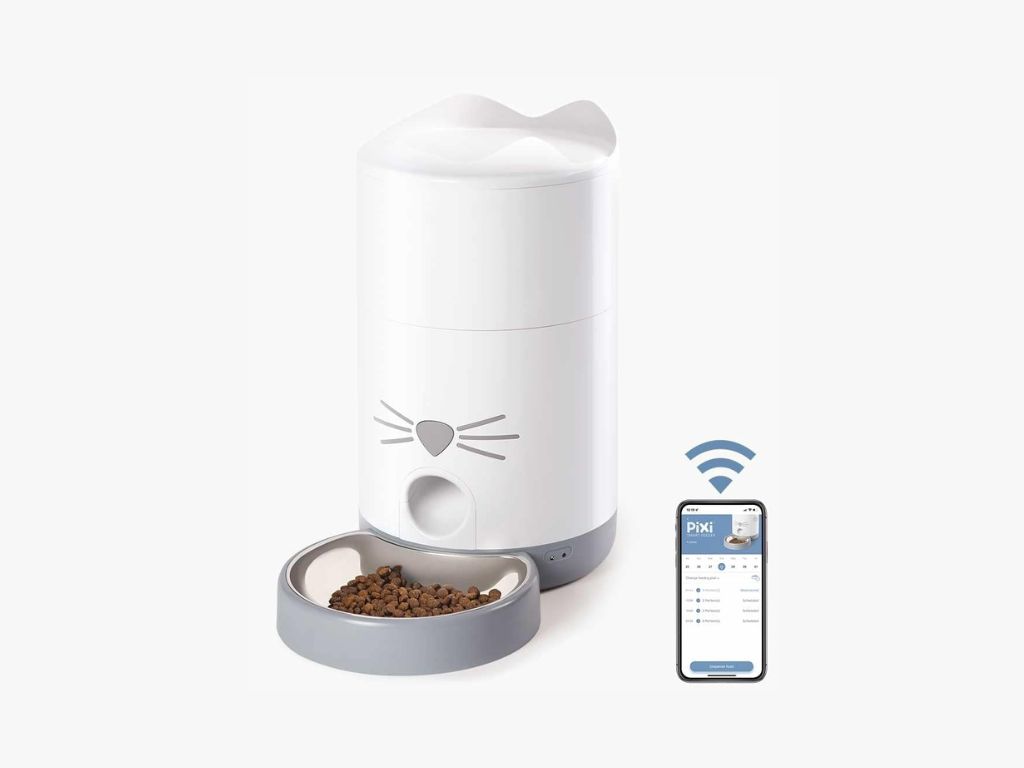
3. Water Fountain:
Similarly to feeders, these are automatic water dispensers. They help keep your pet hydrated with fresh and clean water, and you can keep track of their water intake.
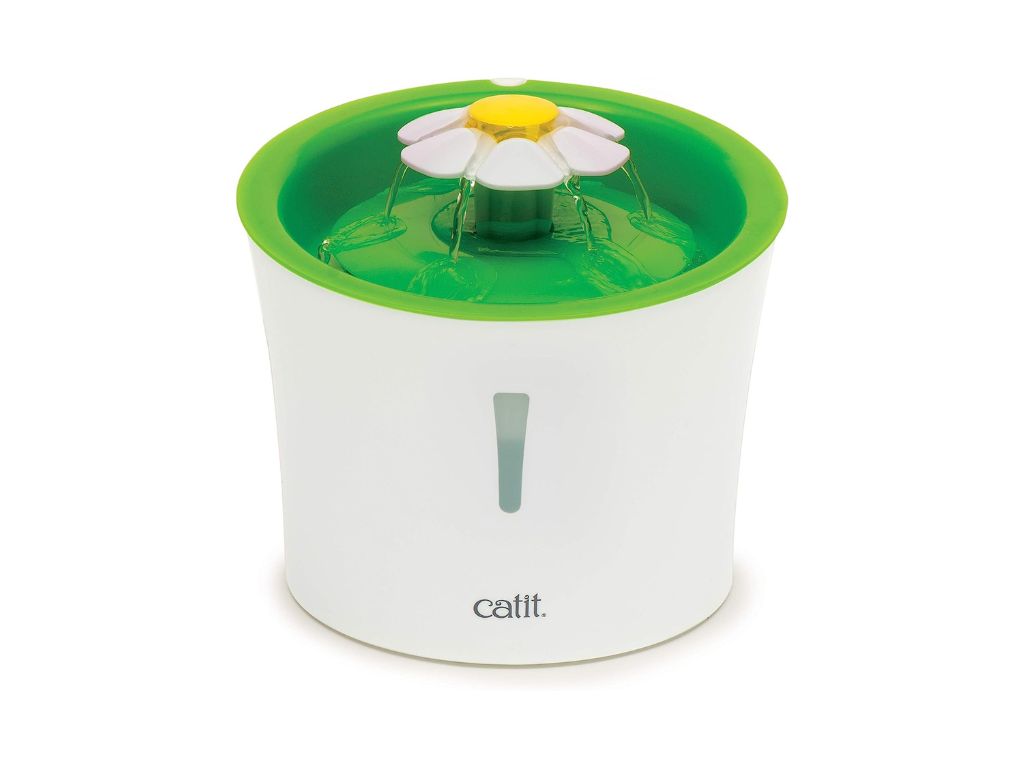
4. Pet Cameras:
These cameras are designed to check on your pet when you are not at home. Depending on the device, you can have different features such as video, two-way audio, automatic treat dispensers, or even AI that can detect normal and irregular behaviors.
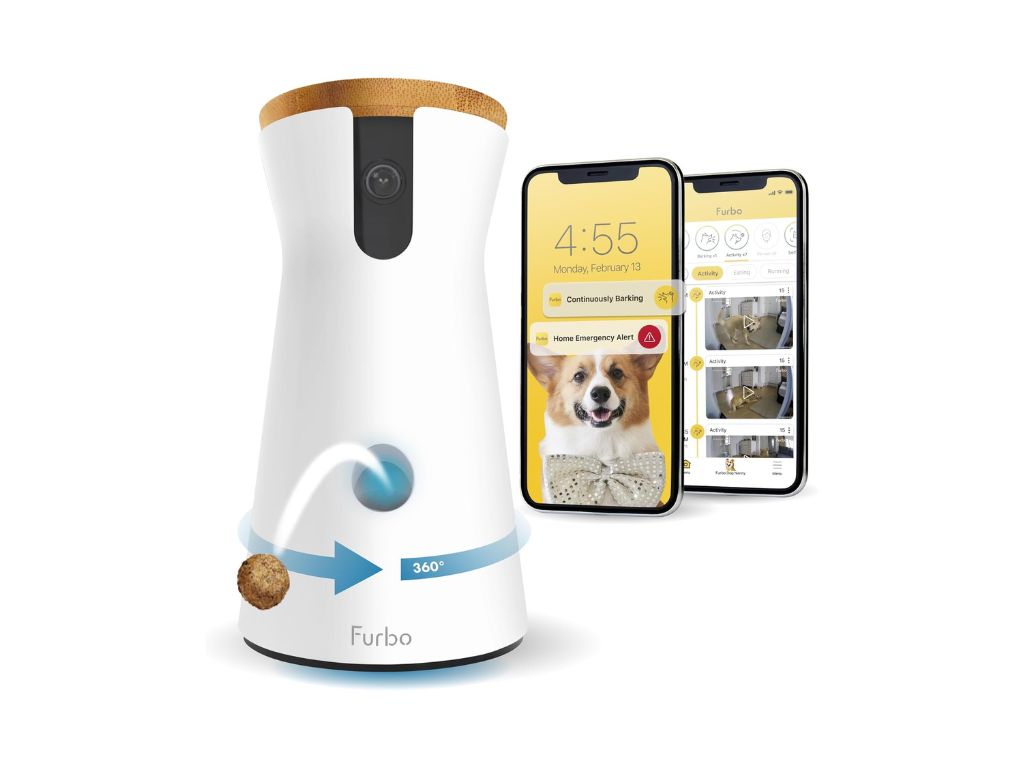
5. Self-cleaning Litter Box for Cats:
These are cubes or round boxes that clean cat litter by sorting waste into a drawer after each use.
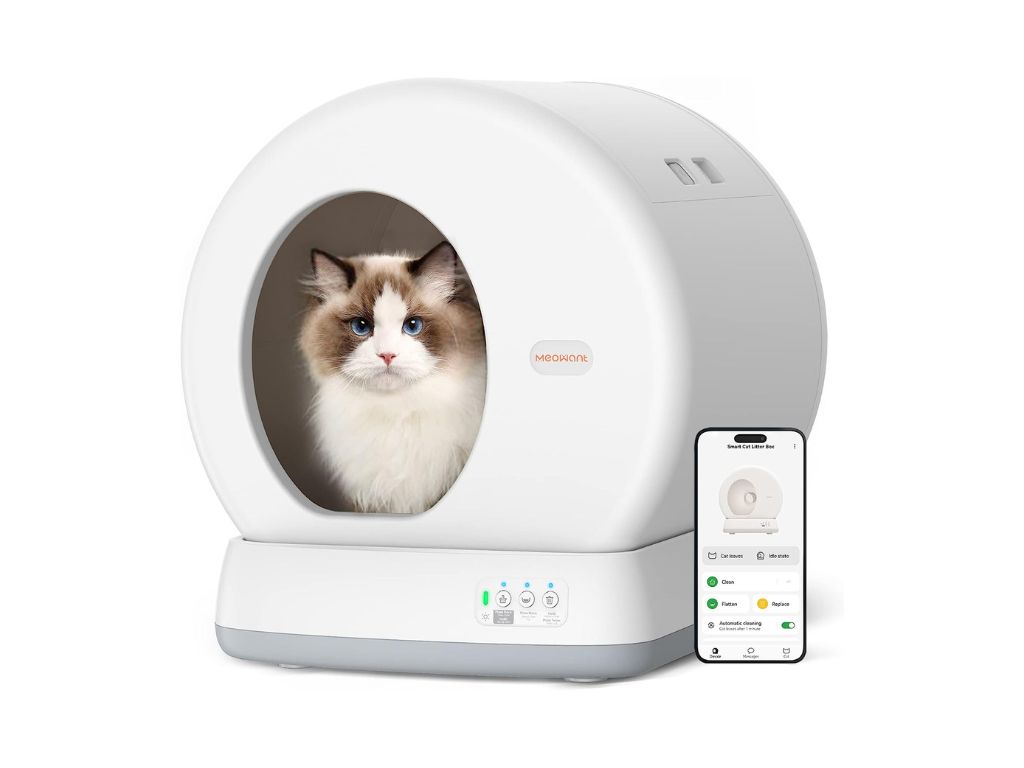
6. Automatic Pet Door:
These doors do what the name says. They let your pet in and out automatically, so you don’t have to stand up every time. There are different kinds. Some are activated by an RFID collar, and others use sensors for face recognition. You can also set timers on the app, or control manually with a remote control.
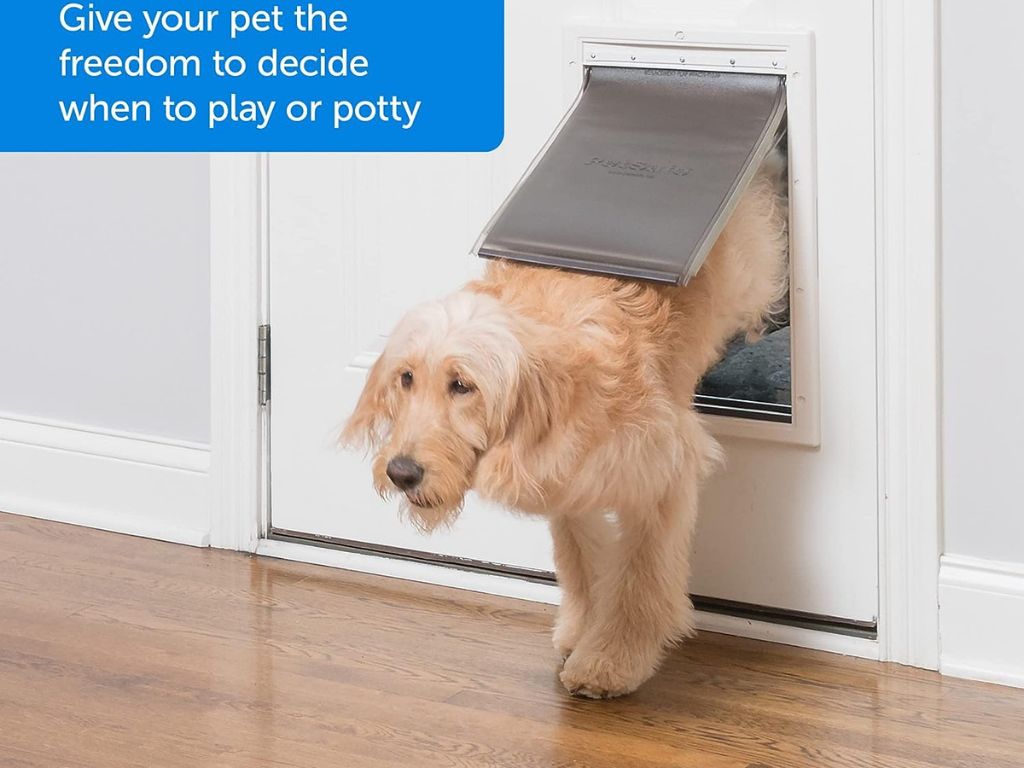
7. Board Game for Cats:
These boards come with a ball that rolls on its own and keeps all cats entertained for a while. The ball has different modes and the battery lasts for hours. These boxes also have materials perfect for scratching and a pom-pom toy.
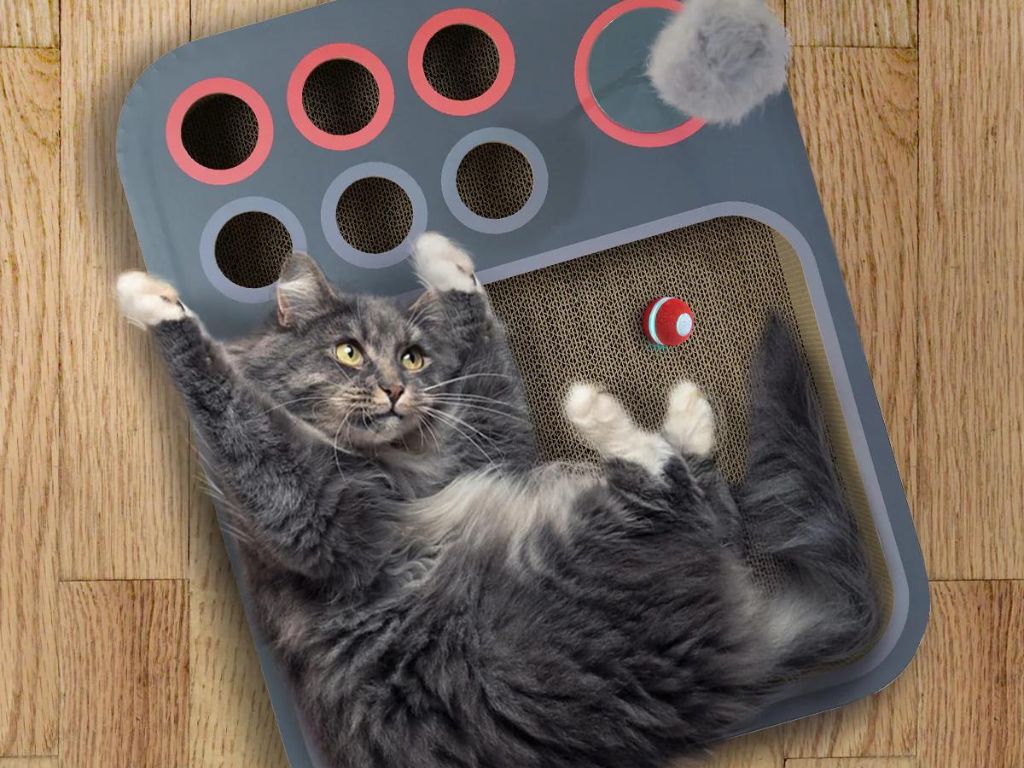
8. Smart Leashes:
These are retractable leashes that connect to an app and track your dog’s walks. They buzz when you have incoming calls, and they have LED lights for night walks.
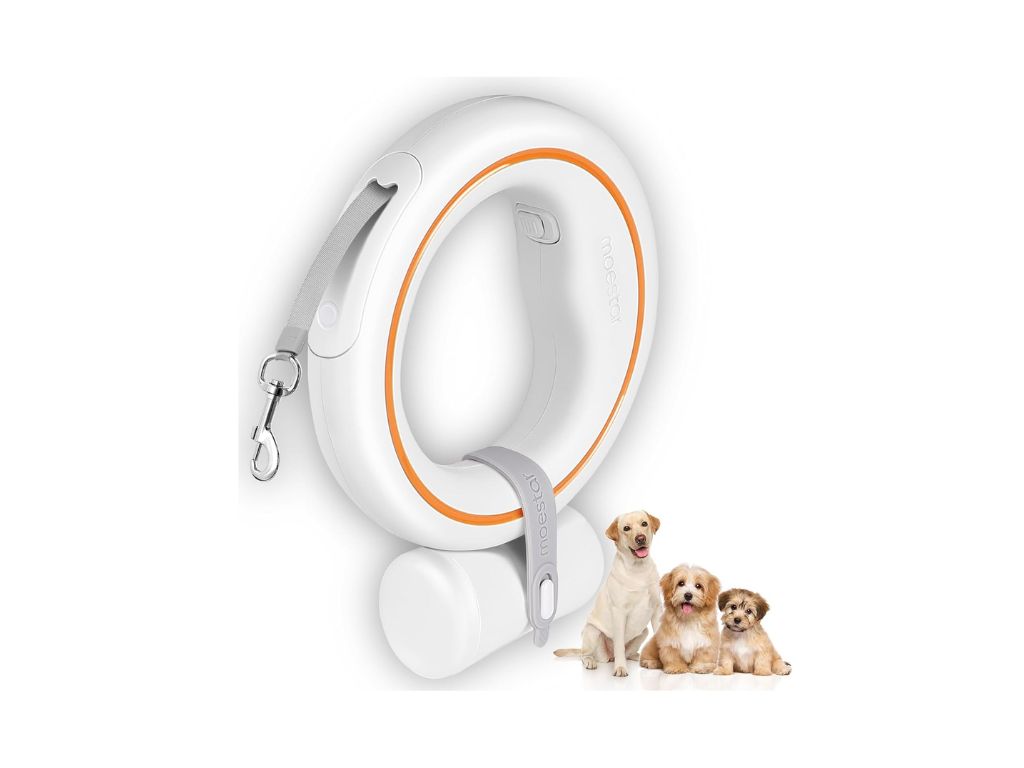
What Are The Real Benefits?
I’ve been using some of these devices with Mickey, and my boarding dogs, and I’ve been pleasantly surprised by how convenient they are. Here are the pros I’ve found:
- These devices collect information and trends that can be helpful when detecting a health issue on time.
- Help you identify bad habits and make early adjustments in your pet’s routine to avoid future complications, for example, obesity, or diabetes.
- Most of us have a busy schedule, so these devices come in handy when sticking to a routine (feeding schedule, walks, potty breaks, etc.). Routines are fundamental because they represent predictability for our pets (imagine how stressful it must be not knowing when you will eat next).
- Give you peace of mind when you are not there with your pet, because you know what they are up to. However, they do not substitute human care, and you should not go on a trip and leave your pet unattended.
- Tell you their real-time location, preventing losing your pet (for example with virtual fences and alarms)
How to Choose the Right Product?
If you are browsing around pet tech products but don’t know where to start, here are 5 steps to help you with the decision-making process:
1. Evaluate what is your pet’s current health condition
First, assess different factors around your pet’s life to have a better picture of their overall health, such as:
- Body condition (For example, a common issue in North American pets is obesity)
- Activity levels
- Appetite
- Sleeping time
- Dental health
- Behavior, etc.
Consult with your vet to get a proper assessment and ask them for advice on your pet’s health condition.
We did our assessment for Mickey. He is overall in good shape for his age, has a good appetite, good energy, and plays like a puppy. There are no major health issues, just some skin allergies (currently under control with a proper diet) and some loss of hearing (a common problem in senior dogs).
2. Define what you are trying to improve in your pet’s life
Think if there is something specific that you would like to improve in your dog’s health, such as:
- Maybe they spend many hours without you.
- You can’t stick to a routine.
- You want to improve their activity levels.
- You want to prevent degenerative diseases, etc.
In Mickey’s case, our goal is to get him to walk for 30 minutes every day, and control his licking habit (he was licking too much his belly and made one of his nipples swollen and sore).
3. Prioritize what features can support that goal
Think about what features you will need to reach and maintain the goals you previously defined. For example:
- GPS and virtual fence to keep track of their location.
- Activity tracking.
- Food schedule and tracking.
- Sleep tracking. Instant help (24/7).
- Health track (e.g. heart rate, calories burnt, respiration rate, etc.).
- Habits tracker (e.g. licking, scratching).
- Battery lifetime. Materials (e.g. waterproof).
- App (e.g. navigation, subscription, etc.)
Continuing with Mickey’s example, at this point, we were looking into smart collars because these devices have the features we needed: an activity, health, and habits tracker. GPS and virtual fences were nice to have, but not dealbreakers.
4. Do your research
About technologies, brands, prices, reviews, return policies, etc.
5. Monitor how your pet is adapting
See how your pet is adapting to the product, and how it is contributing to your goals. If the product is not a good fit for your pet, do not try to force them to wear it. Most of these products have a generous return policy of 30 days.

Final Thoughts
Technology generally improves our lives, and that is not an exception for pets. But instead of following trends, take your time to understand what product will benefit you and your furry friend the most.
Related Articles:
Recent Posts
This summer, the temperatures are getting extremely high, and as you may know, dogs don’t sweat like humans to regulate their body temperatures. They mostly use their paws and breathing to cool...
Is the Dogo App Worth It? Honest Review After Training My Dog
Training your dog shouldn’t feel like another chore, but it often does because, unless you’re a professional trainer, you have to research everything yourself first. And that research can take...
